
| Recorded by: Jim Petranka and Mark Basinger on 2024-08-06
Mitchell Co.
Comment: | 
| Recorded by: Jim Petranka and Mark Basinger on 2024-08-06
Mitchell Co.
Comment: |
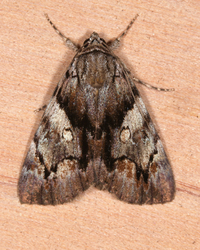
| Recorded by: Jim Petranka and Becky Elkin on 2024-07-11
Madison Co.
Comment: | 
| Recorded by: Jim Petranka and Becky Elkin on 2024-07-11
Madison Co.
Comment: |
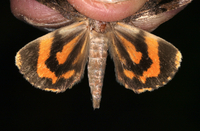
| Recorded by: Jim Petranka and Becky Elkin on 2024-07-11
Madison Co.
Comment: | 
| Recorded by: Owen McConnell on 2024-06-19
Graham Co.
Comment: |
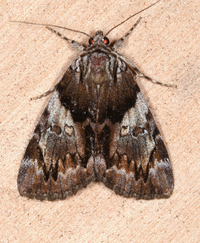
| Recorded by: Jim Petranka and Becky Elkin on 2023-07-27
Buncombe Co.
Comment: | 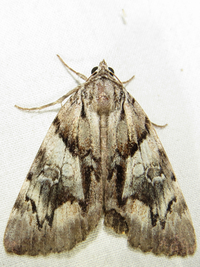
| Recorded by: tom ward on 2022-08-01
Buncombe Co.
Comment: |

| Recorded by: tom ward on 2022-07-23
Buncombe Co.
Comment: | 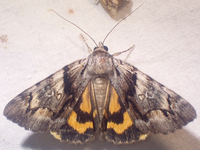
| Recorded by: tom ward on 2022-07-10
Buncombe Co.
Comment: |

| Recorded by: tom ward on 2022-07-10
Buncombe Co.
Comment: | 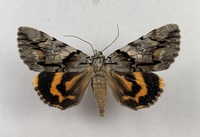
| Recorded by: Richard Teper on 2022-06-26
Avery Co.
Comment: |
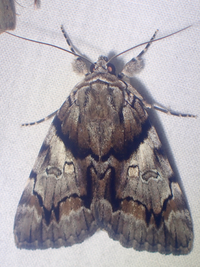
| Recorded by: tom ward on 2022-06-12
Buncombe Co.
Comment: | 
| Recorded by: tom ward on 2021-07-19
Buncombe Co.
Comment: |
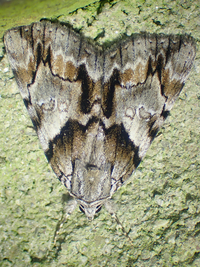
| Recorded by: tom ward on 2021-06-25
Buncombe Co.
Comment: | 
| Recorded by: Owen McConnell on 2019-06-17
Graham Co.
Comment: |
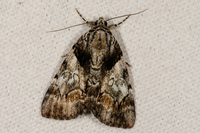
| Recorded by: David L. Heavner on 2019-06-16
Buncombe Co.
Comment: | 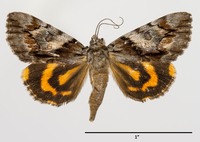
| Recorded by: Bo Sullivan on 2015-06-15
Ashe Co.
Comment: |
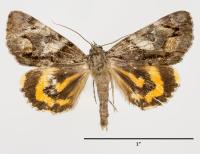
| Recorded by: Bo Sullivan on 2015-06-15
Ashe Co.
Comment: |

 »
»



 »
»

